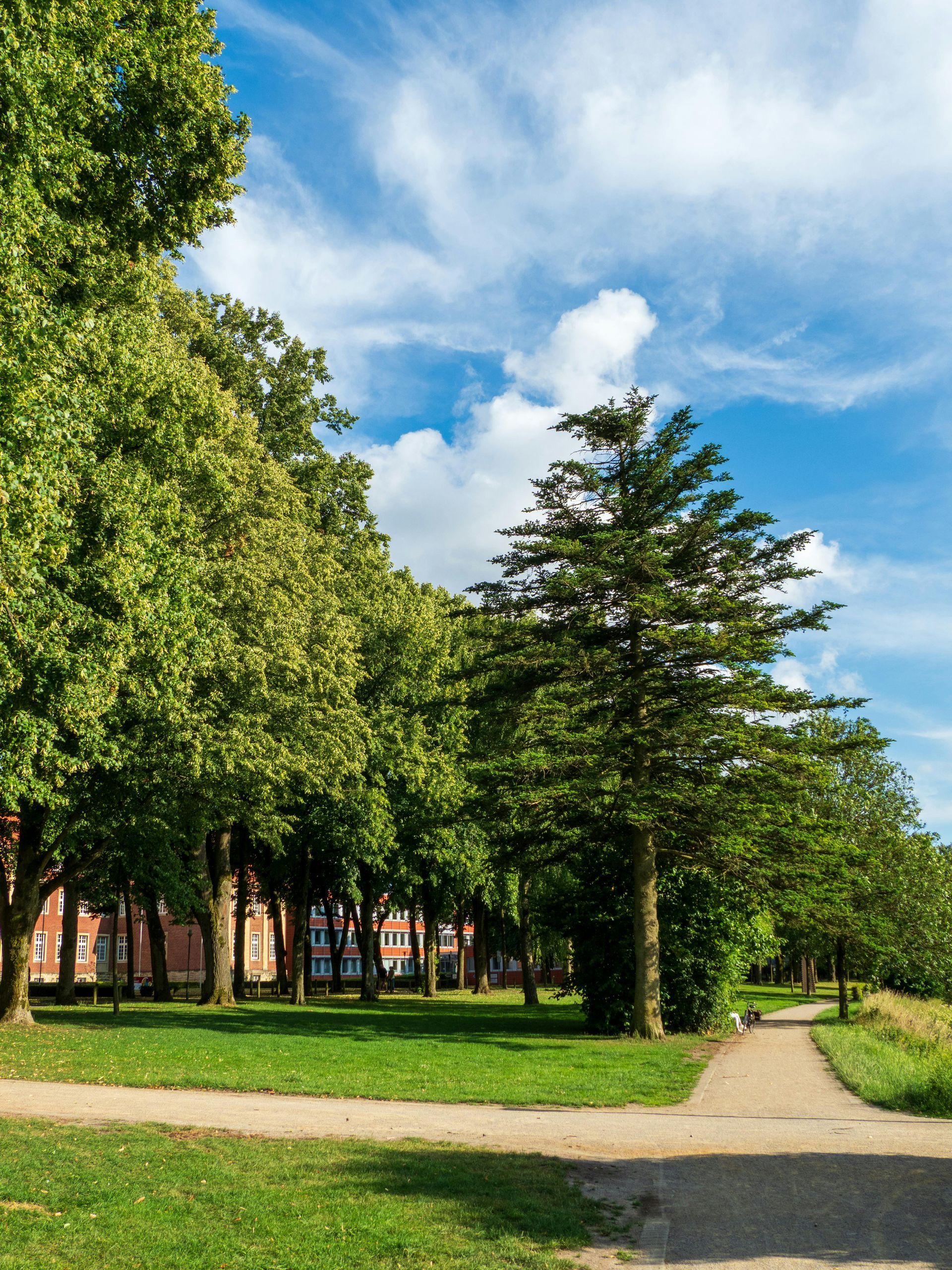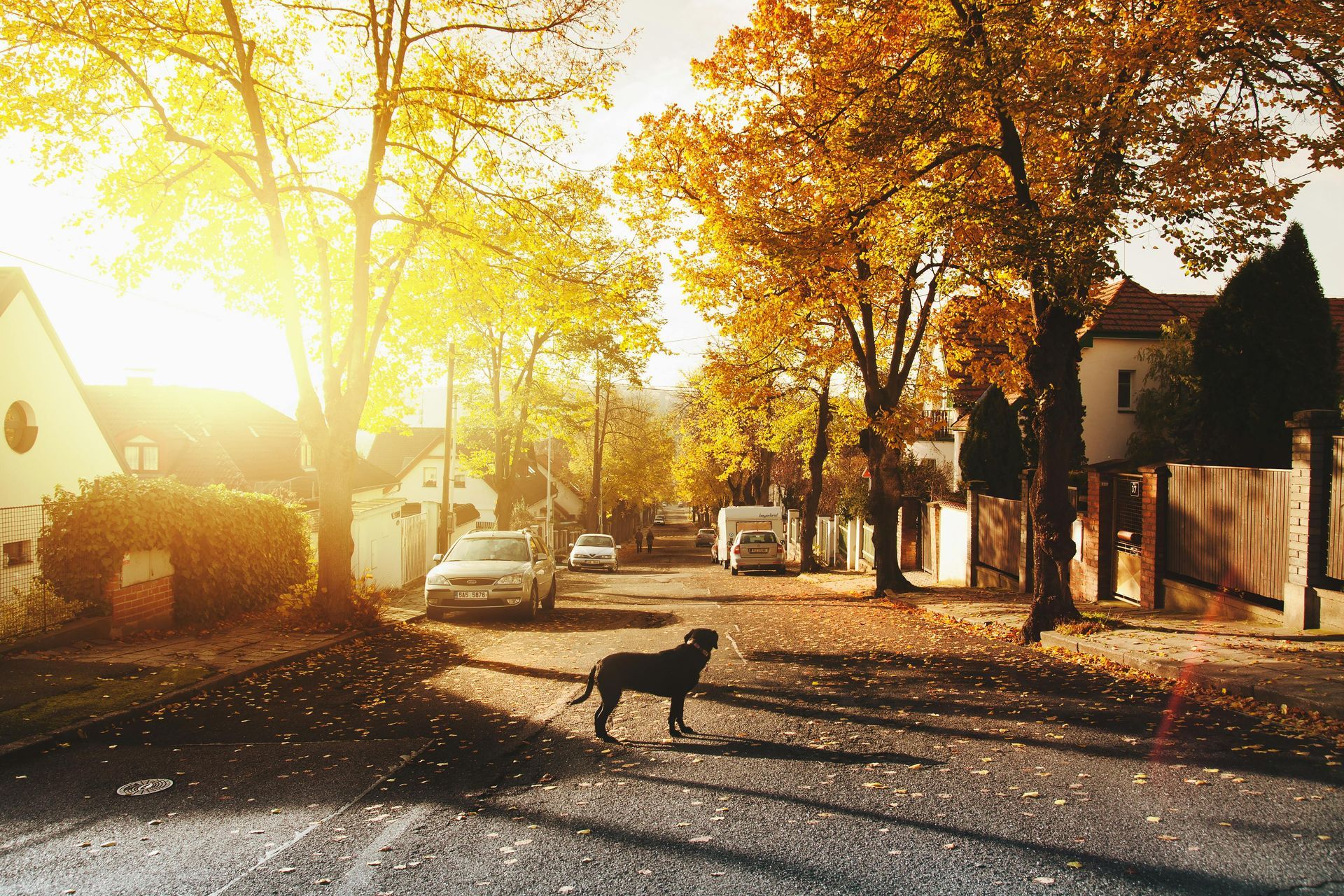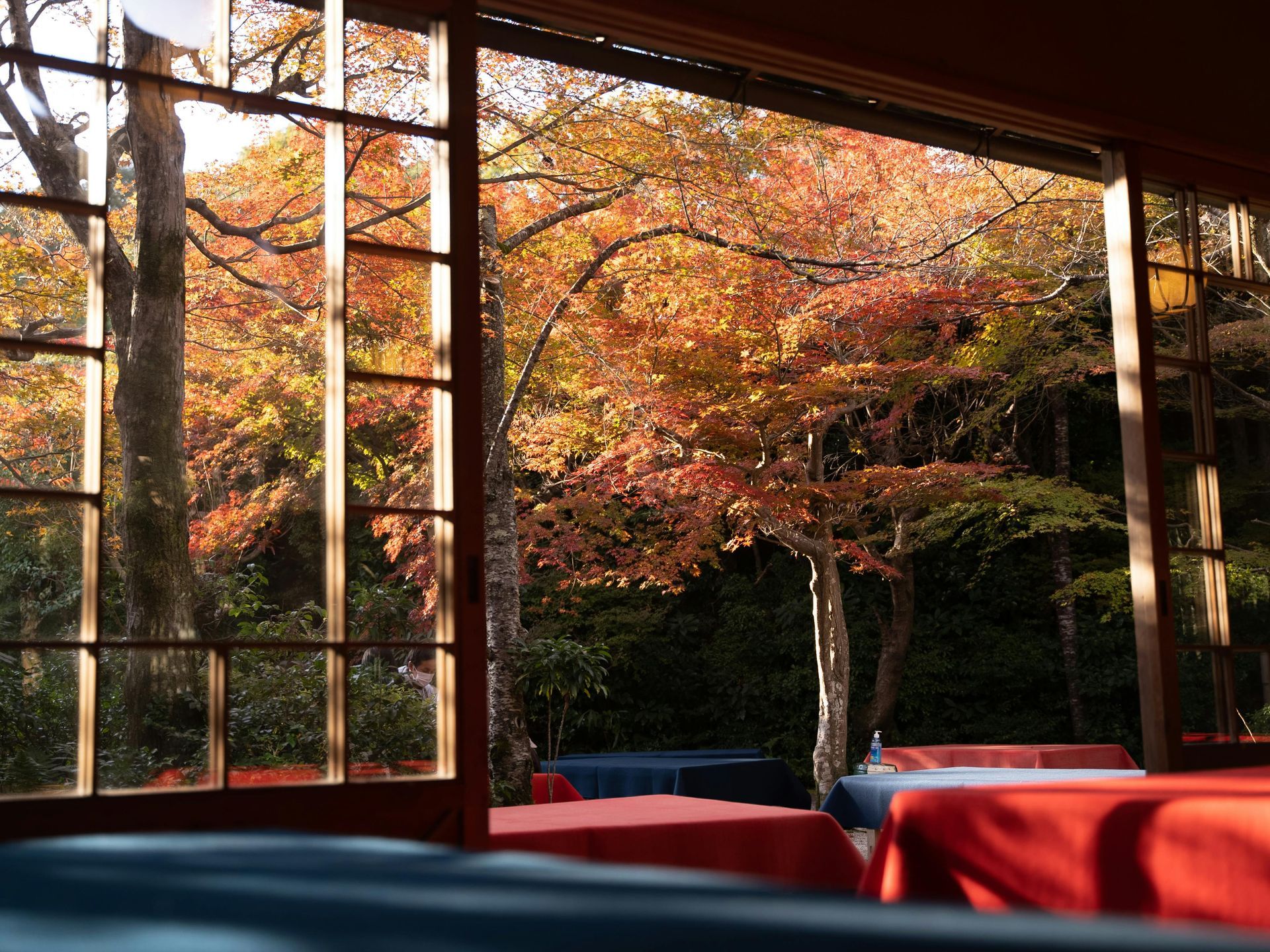Chicago Suburbs with the Best Outdoor Recreation: Parks, Trails and Nature Preserves
Outdoor entertainment in the Chicago suburbs is easy to find; if you know where to look.

While Chicago itself offers impressive green spaces like Millennium Park and the Lakefront Trail, the surrounding suburbs boast an array of parks, trails and nature preserves that offer more seclusion and deeper immersion into the natural environment.
Why Outdoor Access Matters in Suburban Living
Research consistently shows that access to green spaces improves both physical and mental wellbeing. A study published in the Journal of Environmental Psychology found that just 20 minutes in nature significantly reduces stress hormone levels. For suburban homeowners, proximity to parks and trails means:
- Convenient options for daily exercise
- Reduced stress and improved mental health
- Higher property values (homes near parks typically sell for 8-20% more)
- Stronger community connections through shared outdoor spaces
Read on for a roundup of Chicago suburbs that offer an exceptional mix of urban access and exceptional outdoor recreation opportunities that contribute to a healthier, more balanced lifestyle.
Naperville: Award-Winning Park System
Consistently ranked among America's best places to live, Naperville's commitment to outdoor recreation is evident in its 140+ parks spanning over 2,400 acres. The crown jewel is the Naperville Riverwalk, a 1.75-mile scenic path along the DuPage River dotted with fountains, bridges and public art.
Centennial Beach, a former quarry transformed into a swimming facility, offers a unique summer destination with its sandy shores and designated deep-water areas. For hikers and cyclists, the 31-mile DuPage River Trail connects numerous parks and forest preserves.
Naperville's Knoch Knolls Nature Center provides educational programming while serving as a gateway to 224 acres of woodlands and the meeting point of the east and west branches of the DuPage River. Mountain bikers appreciate the challenging trail that winds through the preserve.
Evanston: Lakefront Living with Urban Amenities
For those who can't imagine life without water access, Evanston delivers five miles of Lake Michigan shoreline with six public beaches. The city's commitment to public green space is evident in its 76 parks covering 300 acres.
The Northwestern University campus extends the green space with its beautiful lakefront paths open to the public. The 32-acre Lighthouse Beach Park combines sandy beaches with wildlife viewing opportunities at the adjacent Lawson Nature Center.
Cyclists frequent the North Shore Channel Trail that runs through Evanston, connecting to both Chicago and northern suburbs through a nearly continuous greenway. Lovelace Park offers seasonal fishing in a stocked pond, while Dawes Park features lakefront access and the historic Grosse Point Lighthouse.
Palos Hills: The Hidden Hiking Haven
Perhaps the best-kept secret for serious hikers in Chicagoland, Palos Hills and the surrounding area contain the largest concentration of forest preserves in Cook County. The area features more than 15,000 acres of protected woodlands with over 50 miles of trails varying from easy woodland walks to challenging terrain with significant elevation changes – a rarity in the otherwise flat Chicago region.
The Palos Trail System includes highlights like:
- Maple Lake with its fishing opportunities and surrounding trails
- The challenging 9.5-mile Yellow Trail loop through diverse ecosystems
- The Sagawau Environmental Learning Center with the region's only canyon
- Mountain biking courses at Palos Park Woods-North
This suburb’s preserved natural areas offer genuine wilderness experiences despite being just 30 minutes from downtown Chicago.
Deerfield: Family-Friendly Outdoor Fun
Deerfield excels in family-oriented outdoor recreation with its 20+ parks designed to engage all ages. Jewett Park serves as the community hub with playgrounds, sports fields and seasonal events like the summer farmers market and winter ice skating.
The village connects to the 31-mile Des Plaines River Trail and Greenway, which follows the river through multiple forest preserves. The area’s proximity to the Chicago Botanic Garden (just minutes away in neighboring Glencoe) adds another dimension to outdoor enjoyment with its 385 acres of landscaped gardens and natural areas.
For more active recreation, Deerfield Park District maintains the Deerspring Pool and Water Park, multiple tennis courts, athletic fields and Deerfield Golf Club, a challenging 18-hole course open to the public.
Elmhurst: Urban Forest and Prairie Restoration
While Elmhurst offers 28 parks spanning 460 acres, what makes this suburb exceptional is its award-winning natural areas restoration projects. The Berens Park Natural Areas feature restored prairie with native wildflowers and grasses that attract butterflies and birds, while providing educational opportunities for residents to learn about the region's original landscape.
The Salt Creek Greenway Trail passes through Elmhurst, offering 13 miles of paved pathway connecting to the eastern branch of the Illinois Prairie Path and the Great Western Trail, creating hundreds of miles of connected trails.
Bird watchers appreciate Elmhurst's Wild Meadows Trace, a reclaimed landfill transformed into a wildlife habitat with observation points for spotting migratory birds. Eldridge Park features fishing opportunities in addition to sports fields and playgrounds.
Oak Park: Historic Parks with Modern Amenities
Oak Park's park system reflects its architectural heritage, with many parks designed by legendary landscape architect Jens Jensen. Austin Gardens features an environmental education center with a green roof and solar panels, alongside a woodland walk and outdoor theater.
Mills Park preserves Jensen's Prairie-style design while offering modern playground equipment and walking paths. For sports enthusiasts, Ridgeland Common Recreation Complex provides ice skating, swimming and tennis facilities.
The suburb connects to the Illinois Prairie Path, offering cyclists and runners access to the 61-mile trail system. With numerous pocket parks throughout its historic neighborhoods, Oak Park ensures most residents are within easy walking distance of green space.
Glenview: Where Recreation Meets Conservation
Glenview stands out for balancing active recreation with natural preservation. The Grove National Historic Landmark combines historic preservation with nature education across its prairies, savannas and wetlands with over four miles of interpretive trails.
The Park Center provides indoor recreation with its swimming pools, fitness center and gymnasiums when weather doesn't cooperate. Golfers enjoy the 18-hole Glenview Park Golf Club and the unique 9-hole course at the Glenview Prairie Club.
Gallery Park surrounds the Glen Town Center development with acres of green space featuring a lake, amphitheater and extensive walking paths. Air Station Prairie preserves a rare example of tallgrass prairie – an ecosystem that once covered much of Illinois but has now almost entirely disappeared.
Wheaton: The Trail Hub
Wheaton's park district maintains 800+ acres of parks and natural areas, but the suburb's real strength lies in its position as a hub for regional trails. The Illinois Prairie Path originated in Wheaton, and the suburb serves as the junction point for several major trail branches that extend throughout DuPage County and beyond.
Lincoln Marsh Natural Area offers 150 acres of wetlands with an extensive boardwalk system and observation decks. Nearby, Northside Park features athletic fields, tennis courts and connections to regional trails.
Herrick Lake Forest Preserve adds another 887 acres of outdoor space with fishing, boating and picnicking facilities. For families, the Cosley Zoo provides an intimate nature experience with its focus on native Illinois wildlife and farm animals.
Health Benefits of Suburban Outdoor Living
The suburbs profiled above don't just offer recreational amenities – they provide infrastructure for healthier living. Regular access to parks and trails correlates with:
- Lower rates of obesity and chronic disease
- Reduced symptoms of depression and anxiety
- Improved cognitive function and creativity
- Better sleep quality and immune function
Additionally, children who spend time in nature demonstrate improved attention spans, better academic performance and enhanced social skills. These health benefits translate to tangible quality of life improvements for suburban residents.
Finding Your Perfect Outdoor Haven
When evaluating suburban locations, consider these factors to find your ideal outdoor-focused community:
- Proximity of parks and preserves to residential areas
- Trail connectivity between parks and to regional trail systems
- Variety of recreational options (water access, sports facilities, natural areas)
- Year-round programming and seasonal activities
- Conservation efforts and natural area restoration
The Chicago suburbs featured above represent some of the region's best options for outdoor enthusiasts, but each offers a distinctive flavor, providing a variety of options for families with specific interests and lifestyle needs.
Ready to explore these outdoor-focused communities firsthand?
Browse homes in Chicago suburbs with top-rated outdoor spaces here on chicagolandhomes.com and find the perfect balance of urban convenience and natural beauty for your active lifestyle.








